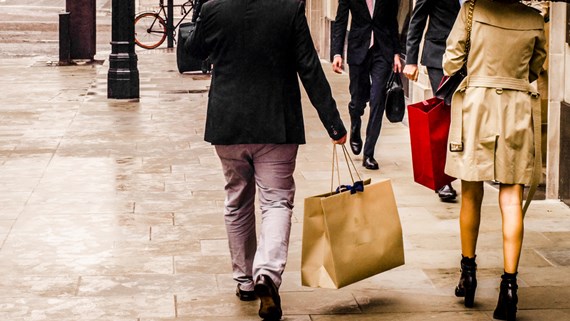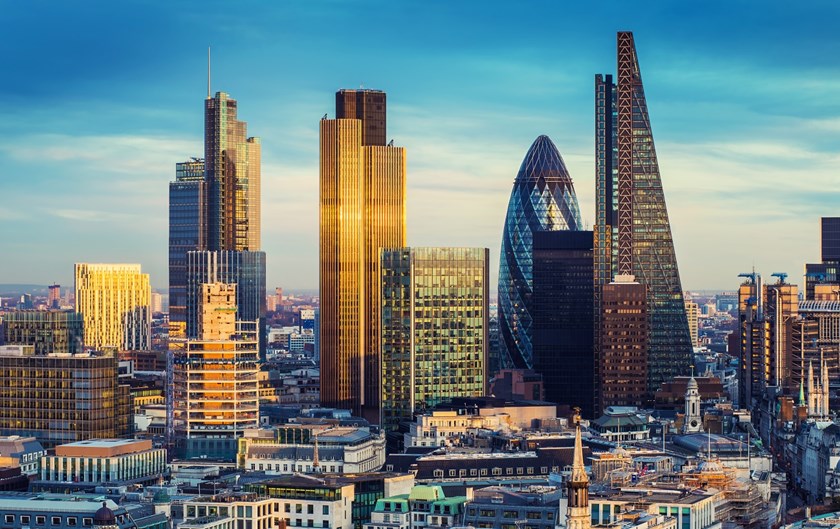Luxury Goods, the Digital Revolution and Space Productivity
Insight

The “consumer evolution” is well underway, driven by the unstoppable rise of online retail. How is this affecting the way that luxury brands’ use and occupy physical stores?
It is already well established that the “digital revolution” is having a profound effect on “traditional” shopping habits and, as a result, on retail tenants’ demand for physical premises. This has led to the very future of the high street (at least in the form that we know it) being called into question. The message thus far seems to be that some sort of radical overhaul is required, underpinned by retailer innovation, landlord and tenant collaboration and, potentially, a new regulatory framework. Different sectors of the retail market are facing different challenges, but how is consumers’ online migration affecting the use of, and demand for, retail space for luxury brands?
Perhaps unsurprisingly, most analysts appear to agree that the mega-brands are best placed to weather the challenges posed by the new retail environment. Their scale allows them to react quickly to changing market conditions and, where real estate is concerned, they often enjoy established advantages such as lower rents.
However, notwithstanding the larger brands’ ability to overcome the current headwinds, there are significant changes afoot regarding their approach to prime location retail premises. Many have elected to reduce the number of stores in their portfolios and instead focus on improving the quality of their flagship stores. There is a recognition that regular, substantial refurbishment, often coinciding with the release of a new collection, remains a highly effective marketing tool. In addition, it is acknowledged that stores remain very important for creating a connection with a brand. Given the price and nature of the goods in question, shoppers often like to touch and feel the products before they purchase them. Furthermore, where luxury brands are concerned, many shoppers see the buying process itself, with the attendant glamour and opulence of the store, as an event. This is all part of the enduring power of experiential shopping, something that recent data suggests is a key driver behind the shopping habits of Generation Z.
That considerable value is still attributed to physical stores from a business perspective is evidenced by the fact that a number of brands continue to spend heavily on creating and maintaining stores with a “wow factor”. One only has to look at the Alexander McQueen store in London, the Atelier Beauté Chanel in New York or Balmain’s second flagship store in Paris to see the lengths that brands continue to go to in order to offer memorable experiences to a discerning audience. Even newer brands such as the luxury luggage retailer, Away, are creating statement stores, despite their operations being overwhelmingly rooted in digital platforms. This then forces other brands to up their game to stay relevant in the eye of the consumer.
Brands in the brackets beneath the mega-brands are certainly feeling the squeeze when deciding whether to expand, or even maintain, their physical networks. Some mid-price brands have increased the number of stores they operate, but such expansion is only viable if the financials can be made to work in terms of “space productivity”, which is increasingly difficult in the digital age.
It is hard to predict where this is all heading, but the smart money would appear to be on a hybrid model of physical and online offerings proving to be the winning formula. The current aim for most brands seems to be the creation of an “omnichannel” presence, with highly efficient click and collect, and lightning fast delivery capability. Whatever the future holds, it seems that the flagship stores that light up Regent Street on a winter’s evening should remain…for now.
If you require further information about anything covered in this briefing, please contact Tom Homfray, or your usual contact at the firm on +44 (0)20 3375 7000.
This publication is a general summary of the law. It should not replace legal advice tailored to your specific circumstances.
© Farrer & Co LLP, July 2019







